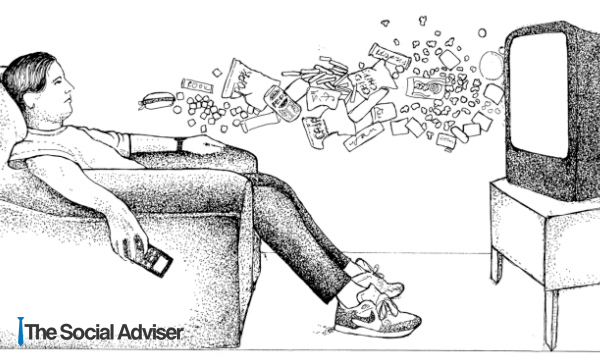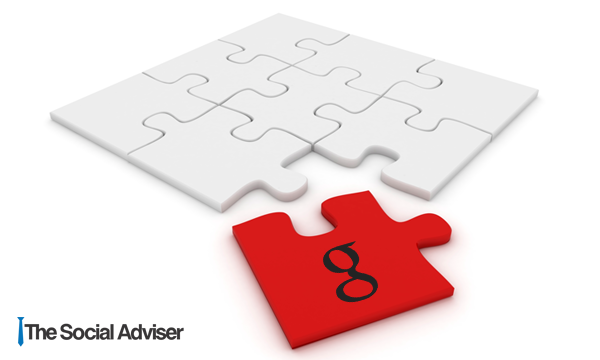As published in the Financial Planning Magazine, November Issue.
—
For those of you reading this wondering if this social media thing is really that big a deal in your business or career, then you may very well be missing the proverbial ‘forest for the trees’. The real change that is coming to all business, especially professional services, is far more compelling, fundamental and exciting, than simply the surface level technology platforms that are thought of by most as social media.
This is because the advent of social media platforms and the proliferation of their use are a result of developing changes to the way we interact, make decisions and do business, rather than the change itself.
This is simply a case of communication technology catching up to the way humans have always preferred to interact and do business, and in many ways we are evolving backwards to the way business used to be done.
Industrialisation and the advent of mass transit brought about the separation of business from local community and resulted in the rise of the large corporation. No longer do we shop at the local general grocer, where shoppers had an actual relationship with the grocer, instead we moved to shopping in large supermarkets and department stores.
Of course, increasing margins and scalability meant that the trade-off for connection and customer service was convenience and price for consumers, and huge profits for the growing megalith corporations.
At the same time as this industrialisation was taking place, we experienced the rise of mass media in the form of television, radio, and newspapers. This one way communication medium matched perfectly with the emerging corporate policy of sell more products, more cost effectively, to more people.

Marketing tactics based on the huge budgets of large corporations became the accepted wisdom for acquiring more customers and more sales. The goal became ‘reach more eyeballs’ with a sales message and ignore relationships as the least profitable part of a business’ metrics.
The first decade of the ‘IT boom’ largely exacerbated this business philosophy as better one-to-one communication, such as email, sales tracking and internal systems, made it even easier for large corporations to centralise customer service and management functions away from the geographic regional locations where customers actually received their goods or services.
If any of this is familiar to you, then so is the feeling of disenchantment that comes from experiencing this business model as an actual customer. Humans are social animals and we are hardwired to want to have relationships at every level of our lives.
It is my view that Google was the final piece in this puzzle that has led to the evolution that is now reshaping the future paradigm of business. Google connected us to information and knowledge in a way that has literally changed every aspect of our lives. Yet this almost magical access to a never ending expanse of information in many ways has made decision-making and relationship management harder instead of easier.

Our human brain has always been hardwired to be better at processing information about who we relate to, trust, share beliefs with and want to do business with, than we are at wading through the benefits and feature lists of the products and services which we receive and consume.
Consumers and customers are finally finding their voice, a voice that impacts dramatically on the way we do business and the profit paradigms that have existed through the previous century.
In part two of this article, I will look at how the rise of social business is directly changing the business landscape and I will begin to help you understand how this revolution will be a major windfall to the profession of advice. •
Baz Gardner, a former financial adviser, has become a ‘household name’ in the financial services community over the last two years for raising professional industries into a new social age through his company, The Social Adviser. You can also connect with Baz on LinkedIn – au.linkedin.com/in/bazgardner
To read Part 2, CLICK HERE.
